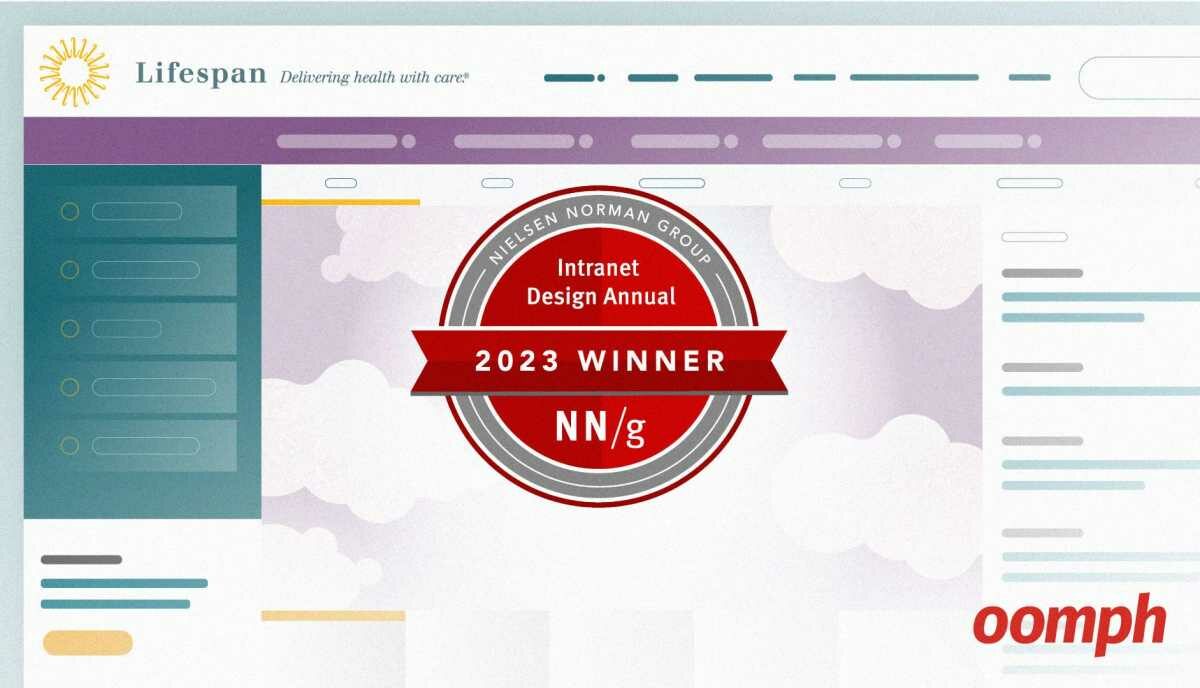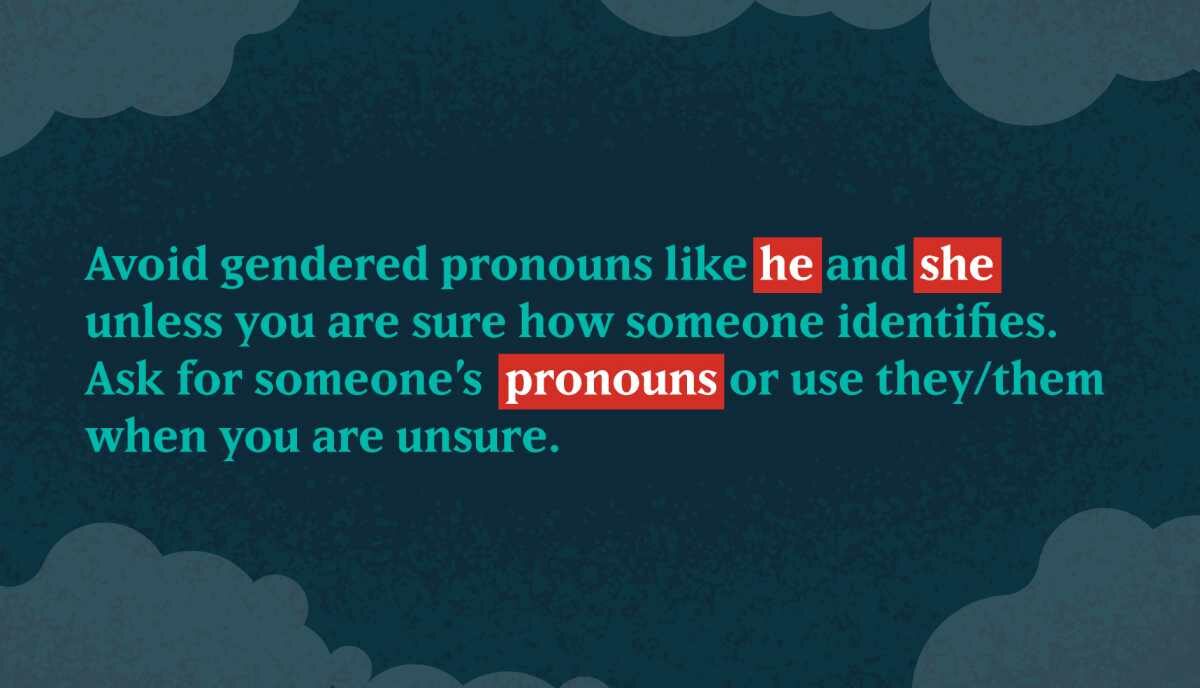How Customer Journey Maps support Project Success — Part 1
Your visitor’s experience with your brand goes beyond a website. If you have a social media channel, or a customer support line, or if you send email to your customers, each of these contributes to an ecosystem that should feel seamless and consistent for your audience.
We use a Customer Journey map as a framework for Project Discovery. Researching and creating a Journey will often be more insightful than user personas and will lead to better conversations. With those in mind, our team can create a stronger project roadmap for a more successful outcome.
Documenting Your Customer’s Journey
A Customer Journey is a way to investigate tasks, workflows or an entire interaction experience over time. Here are some examples of three distinct customer journey types: Tasks, Workflows, and Relationships.
Consider this example of a Relationship:
- A customer will compare products online, deciding which one to purchase, create an account or log into an existing account, potentially use a “Forgot Password” link, purchasing the product, and then may need to call customer service to return the product if it was defective or not what was expected.
This large relationship takes place over multiple communication channels — the website, email, and phone. It may take place over the course of a week or more as well. Within this example are individual workflows — ecommerce checkout workflow, forgot password workflow, customer service workflow — as well as smaller tasks within each workflow.
This is how our team can lay out all the steps involved with something as important as purchasing a product on a website. And just as a workflow like this touches multiple channels, it also touches multiple internal teams from marketing to sales to inventory to customer service. Mapping journeys like this can help align these departments towards the common goal of selling products within a memorable customer experience.
How we create a Customer Journey
Customer Journeys require research into how workflows are performing with real customers, how business goals are being met, and how internal teams are supporting or hindering those goals. We use both quantitative (analytics, scroll maps, heat maps, user surveys) and qualitative data (field studies, diary studies, video studies) to gather insights and start documenting existing conditions.
To be useful, a Customer Journey should show the current state but also the ideal state that all teams should work towards supporting. Improvements to workflows will cross over multiple teams of stakeholders, which is why it is important for conversations to happen around current conditions. All participants should agree that yes, these are the current conditions, yes, we see where the problems are, and yes, our team agrees to play our part in solving those problems.
What can we learn from a Journey Map
Communicate the Big Picture
For stakeholders that are focused only on one communication channel, a journey map can make clear how different parts of an organization are connected. Seeing how many sectors of an organization support successful business goals can help drive internal alignment.
Uncover Inefficiency and Frustration
Improving a problematic journey can reduce customer service support time and increase conversions. When friction can be removed from a process, organizations can see cost-savings and income-increases. For the customer, their long-term relationship with the brand improves when they have greater success.
Create a Guiding Star
The inefficiency and frustration that a Customer Journey Map may uncover won’t always be solved quickly. Problems might be systemic, deep-rooted, or require large organizational change to fully address. In these cases, the map can become a North Star for the organization to drive change over a long period of time.
Let’s Start the Journey
An impactful Customer Journey Map is rooted in research and constantly evaluated for new areas to streamline and test. It can be evaluated before putting its recommendations into action. It can give smaller internal business groups the perspective they need to see how their efforts drive larger business goals and outcomes. It can be a snapshot of current conditions but can also be a guiding star that will help drive system-wide change.
For a customer, successful implementation of an efficient Journey can drive satisfaction and increase brand loyalty. In short, for a business, a Customer Journey can be a roadmap to success and may uncover ways in which teams can design for delight.



